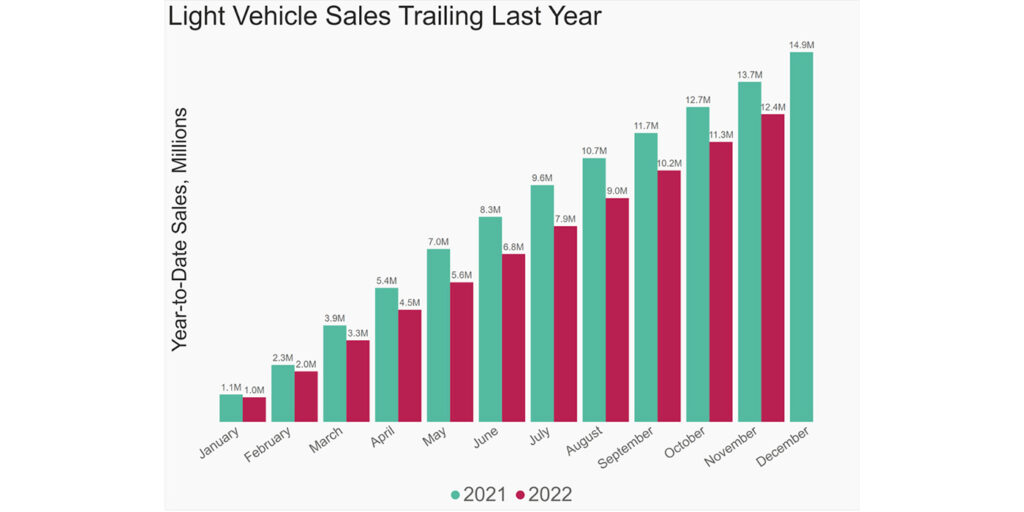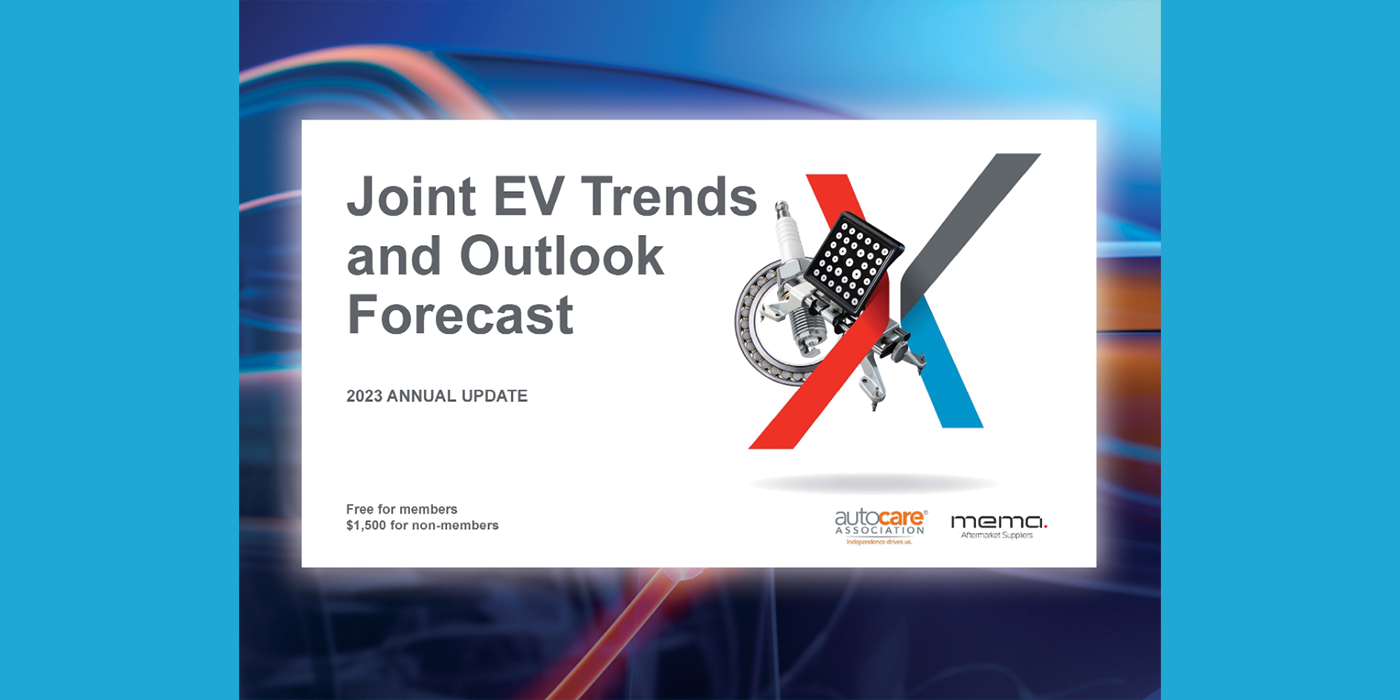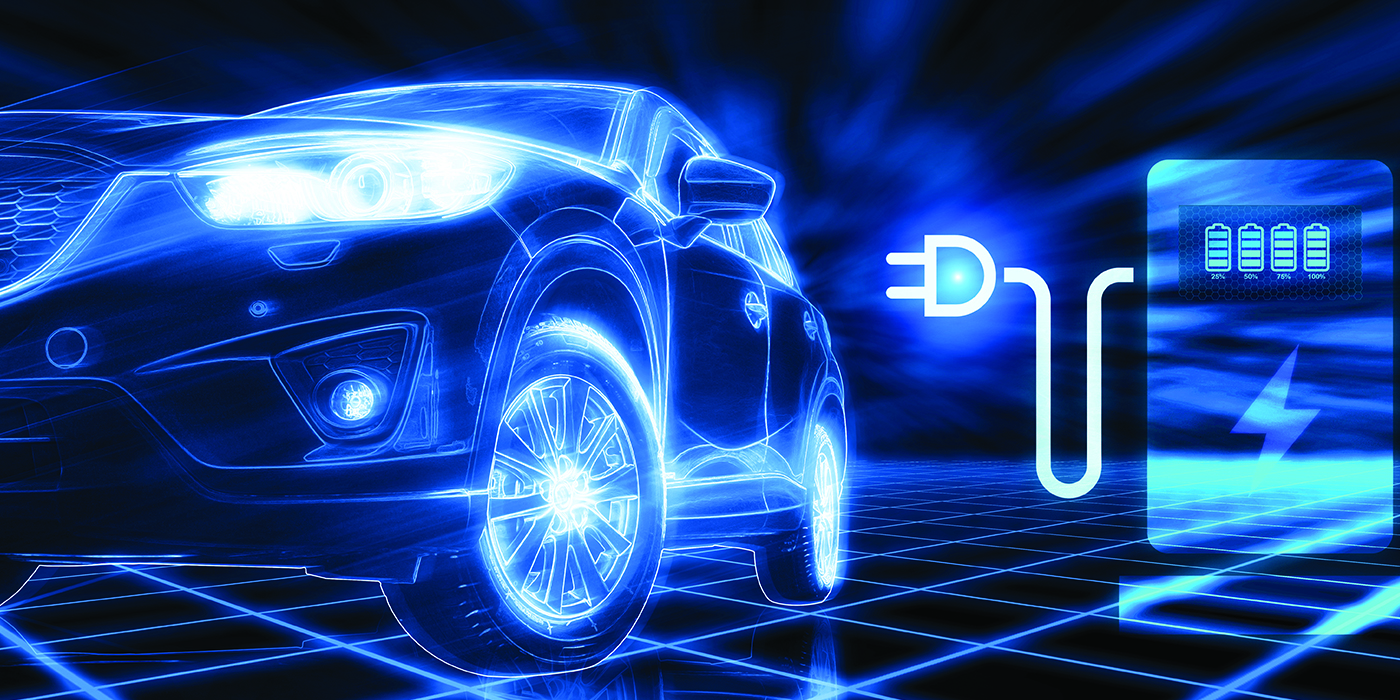With volume for the month of November projected at 1.122 million units, November U.S. auto sales are estimated to translate to an estimated sales pace of 14.1 million units (seasonally adjusted annual rate: SAAR). This would represent a sustained improvement from the May through September period but will reflect a decline from October’s 14.9 million-unit pace, according to S&P Global Mobility analysis.
The daily selling rate metric in November (approximately 44-45K per day) would be in-line with levels since September. Translation: From a non-seasonally adjusted volume standpoint, auto sales continue to plug along at a steady pace.
| U.S. Light Vehicle Sales | ||||
| Nov 22 (Est) | Oct 22 | Nov 21 | ||
| Total Light Vehicle | Units, NSA | 1,122,300 | 1,151,774 | 1,014,411 |
| In millions, SAAR | 14.2 | 14.9 | 13.1 | |
| Light Truck | In millions, SAAR | 11.2 | 11.7 | 10.3 |
| Passenger Car | In millions, SAAR | 3.0 | 3.2 | 2.8 |
“Sales should continue to improve, given the expected sustained, but mild, advancement in overall production and inventory levels,” said Chris Hopson, principal analyst at S&P Global Mobility. “However, we also continue to monitor for signals of faster-than-expected growth in inventory. Currently, there are no clear signs; inventories have advanced as anticipated. But any indication of faster than projected growth in the overall stock of new vehicles could mean that auto consumers are feeling the pressure of the current economic headwinds and retreating from the market.”
As a result, October’s SAAR boost is likely to be an anomaly compared to the remainder of the year, Hopson said, adding that there are expectations of volatility in the monthly results starting in early 2023.
Electric Vehicles
Market share of battery-electric vehicles is expected to reach 5.9% in November. However, outside of the large coastal cities, retail registrations of EVs have yet to take hold, according to analysis from S&P Global Mobility.
The top-eight EV markets in the U.S. are all in coastal states and represent 50.5% of total EV registrations so far in 2022 (through August). The greater Los Angeles and San Francisco metropolitan areas alone account for nearly one-third of total share of the US EV market. Meanwhile the Heartland states’ market share of EV sales is barely half of what they contribute to overall vehicle registrations.
“BEV market share control on the two coasts is attributed to their higher mix of early adopters compared to buyers in middle America,” said Tom Libby, associate director of Loyalty Solutions and Industry Analysis at S&P Global Mobility. “Their demographic profile is more in sync with the traditional BEV buyer than the middle-American profile.”
Libby adds he sees potential for EV acceptance in top heartland markets: “More acceptance and much broader consumer awareness is resulting in a natural progression of adoption from the coasts to the Heartland.”
“As auto shows at their best highlight what people will be driving in coming years, the reveals during the Los Angeles Auto Show reflect the continuing push toward electric and electrified vehicles,” said Stephanie Brinley, associate director of AutoIntelligence at S&P Global Mobility.
Fiat announced it will bring a version of the European 500 EV to the U.S. starting in early 2024, reviving the 500e nameplate. Toyota’s reveal of the 2023 Prius hybrid included a Prime trim that will double the hatchback’s EV-only range, while the automaker also showed a rendering of the bZ (“Beyond Zero”) electric-vehicle concept, previewing a forthcoming compact SUV. Meanwhile, Vietnamese entrant VinFast showed U.S.-trim versions of two EV crossover additions to its lineup – bringing its potential U.S. offerings to four.
For more information, visit www.spglobal.com/mobility.













